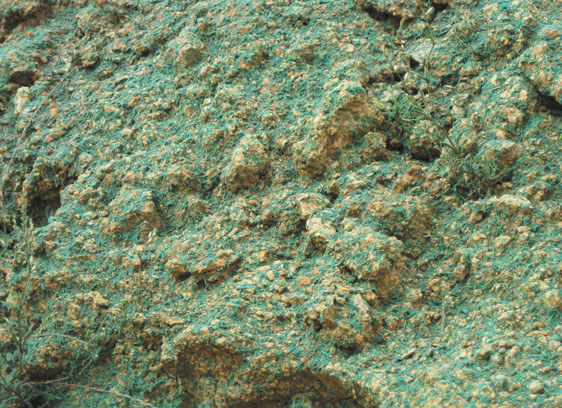Hydroseeding, also called hydrasodding, hydromulching, or hydraulic mulch sodding is becoming a favored decision for planting gardens, for landscaping pros and gardening enthusiasts. This is mainly because it’s easy to apply, not expensive, and effective.
What is Hydroseeding?
The answer is, hydromulching is sprinkling a portion of land with a concoction from a spray tank using a power hose. Seed, water, fertilizer, wood mulch or cellulose fiber, and other agents (such as tackifying substance, a binding agent, and calcium hydroxide) are all combined together. When this concoction is sprayed onto the area, the mulch forms a coating layer for seeds, permitting germination to happen.
How Does Hydroseeding Work?
Not only does the mulch care for the seeds from earth erosion, wind, and outdoor light, but it also makes a hold together with the earth, and supplies seeds with necessary nutrition by mixing in a range of nutritious ingredients as it deteriorates. The mulch is usually colored green so the recently sodded lawn will look more pleasant to the eye. The mulch does not have to be taken away; it just combines down and gives way to the new lawn. The lawn coming into prominence is able to grow a deep root system because of this care obtained at its young age. In addition, it provides a good, even leaf pattern, providing a rich, dark blue-green look.
Understanding that a mechanical device does the sprinkling, wide regions can be covered within a short area of time, permitting tenants and landscaping pros to plant large gardens in just a couple of hours or days.
Hydroseeding Area Preparation
All of the above described outcomes happen without manual intervention, meaning that you could ignore examining the earth, grading the area, and preparing the lawn by rolling over in the same manner as for a standard sod planting. To get best outcomes, relieve the earth’s compaction using a rototiller before hydromulching. In addition, see to it that the sprinkling gets done exactly before the grass growing time of year comes, and it will help if you do research – with care – the kinds of fertilizers and grass seeds available for hydroseeding, as regional agri-supply organizations sometimes have very limited diversity of seeds.
Hydroseeding and Lawn Care
When the sprinkling is done, make sure the mulch remains wet for the first two weeks, in order to get healthy growth. Lightly spray the recently sodded lawn with water at least two to three times a day for the first two weeks, and taper the spritzing down to one to two times a day for the following two weeks. In addition, make sure small pools don’t form on the recently mulched area. Walking on it is a major unaccepted activity for the first two to three weeks. Even the mere connection could cause unyielding areas or think spots. In addition, animals should not be permitted to urinate on the lawn. Otherwise, ammonia will cause ceasing of the germination of the grass.
Hydroseeding Cost
One of the best things about hydroseeding is its less expensive characteristic. Because this sodding procedure doesn’t involve too many processes, expenses such as pulling weeds, growing, shipping, and organizing pallets, hydromulching is often more reasonably priced contrasted with other standard techniques like using sod beds.
There was an error connecting to the Amazon web service, or no results were found for your query.
Hydroseeding for the Average Homeowner
Most homeowners should be able to hydroseed their lawns themselves with the proper residential grade hydroseeding supplies.

